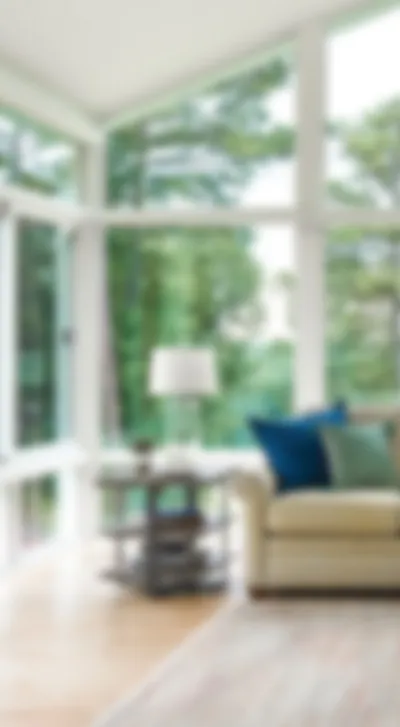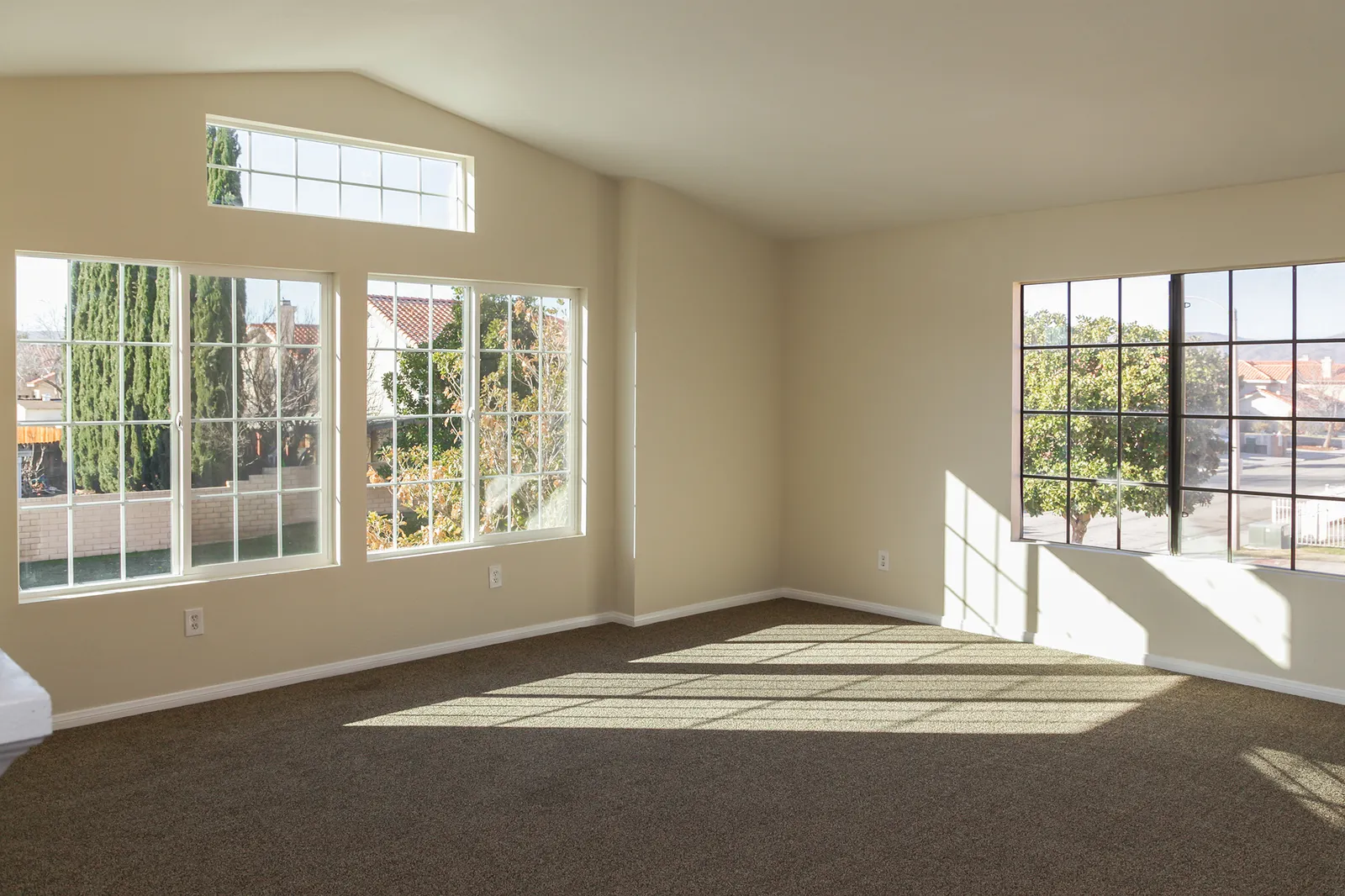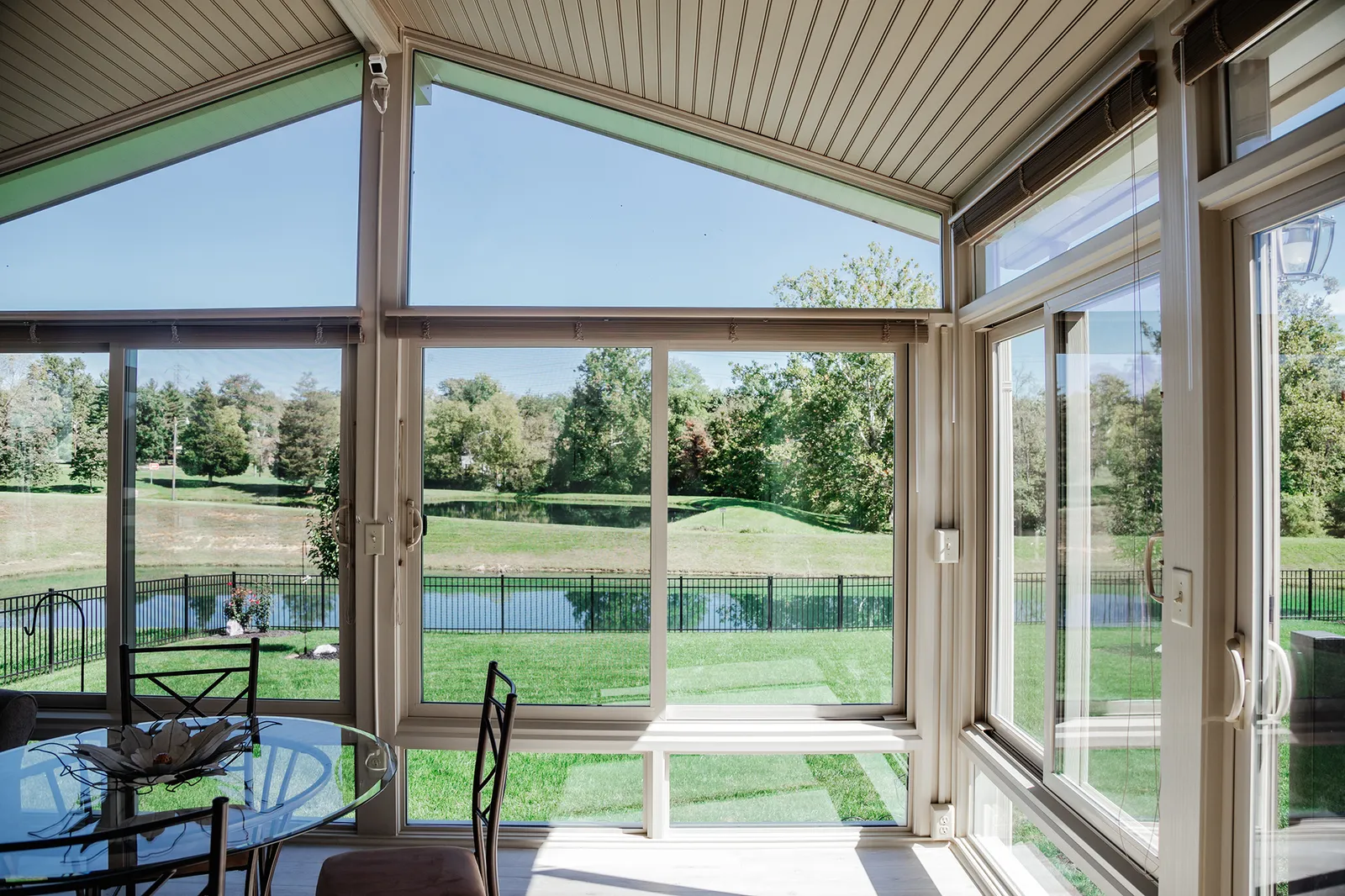


Expert Overview
- Sunrooms have more windows than traditional room additions and are meant to let the sunlight in.
- An all-season sunroom usually costs less to build than a typical room addition.
- With the proper construction and insulation, sunrooms can be used for nearly any purpose—except a bedroom.
If you have a large or growing family, adding a room onto your home is a great way to help create the space you need. Unfortunately, additions can be expensive. This is why homeowners seeking a more affordable alternative often look to sunrooms. Sunrooms are comparatively inexpensive and beautify the home by providing a wide view of the outside world.
Having some extra space can make life easier for members of your household, and adding a new room is an affordable way to get a bigger home without relocating. So how does a sunroom compare with other room additions in terms of appearance, cost, and use?
Let’s dig into answering that question!
Sunroom addition versus room addition: how the structures differ

A typical room addition is made up of four solid walls, a solid roof and one or more windows. Room additions can be big or small, depending on the needs of the family. Usually, a homeowner will go to great trouble to make the additional room look like a natural part of the rest of the house. The exterior of the room will feature siding to match the rest of the house, while the inside of the room will feature drywall.
Sunrooms have a slightly different design. First and foremost, they have more windows. Sunrooms are designed for sun exposure, so they're very bright and cheerful, and they allow a lot of sun to enter the home. Some sunrooms are made entirely of windows and feature no siding; other sunrooms feature matching siding and look like an integrated part of the house.
Sunrooms generally cost less to build than typical room additions. Learn more about how to budget for your sunroom in Section 4.
How do homeowners use room additions and sunrooms differently?

Many homeowners wonder if a sunroom is as comfortable as a standard room addition. You might assume that all the sun exposure means wild temperature fluctuations, especially in the winter and summer. While a three-season sunroom will have issues with temperature control, an all-season, or four-season, sunroom is designed for optimal energy efficiency and provides all the comforts of a normal indoor space.
All-season sunrooms have attractive flooring, heating and cooling, and a connection to the home's electrical system. Their windows are fully insulated, and protect the room from solar heat gain. In other words, an all-season sunroom can be just as comfortable as a standard room addition.
You can use your sunroom in almost any way you would use a typical room, with one exception: A bedroom. Too many windows can leave some people feeling exposed and vulnerable, and a bedroom is a place where people want privacy. However, an all-season sunroom can serve many other functions, including:
- Toy room: Homeowners who are growing their families and want more space for children can add a sunroom to serve as a light-filled toy room.
- Study area: All-season sunrooms make great study areas. Natural sunlight makes an excellent reading light.
- Family room: Some growing families use their sunroom as their family room, where they can watch television and spend time together.
- Dining room: A sunroom makes an excellent dining room where people can break bread and enjoy the light of the day at the same time.
Pros and cons of building a sunroom instead of standard room addition
Pros:
- Cost: Versus standard room additions, sunrooms simply cost less. Unless the sunroom is very large and has many high-end features, a standard all-season sunroom can cost thousands of dollars less than a room addition.
- Flexibility of use: A typical sunroom can be used for many different purposes. In fact, sunrooms may be more flexible than a standard room addition, which usually serves only one or two different purposes.
- Beauty: Sunrooms have a cheerful beauty that many standard rooms lack. Their stunning appearance can impress home buyers and increase resale value.
Cons:
- Not private: Sunrooms offer little privacy and do not always make appropriate bedrooms.
- Inescapable sun: Sunrooms are intended to provide an excellent view of the outdoors as well as ample sunlight. For some activities (like watching television), bright sunlight can be a problem. Situating the room on the northern side of the home can help with this.
What style of sunroom most closely matches a room addition?
If you want a style that most closely mimics the appearance of a normal room, the two to check out are:
- Gable sunroom: A gable sunroom is a sunroom that has two sloping roof panels with a support in the middle. The roof panels slope away from the center support in an inverted V shape, like the roof of a small house. A gable sunroom often includes siding and roofing to match the siding and roofing over the rest of the house. The knee walls might be made of drywall, but the upper half of the walls are made of windows.
- Studio sunroom: A studio sunroom consists of one single sloping roof panel that slopes downward toward the street. The studio sunroom is a lean-to like structure that uses siding and roofing similar to the rest of the house, and includes many windows.
If you want to use your sunroom the way you would a regular living space, avoid rooms that feature glass ceilings, namely the solarium and conservatory style sunrooms. Temperature control is more difficult because of the strong sun exposure. Plus, these rooms often lack power or good insulation, which makes them less useful throughout the year.
Some homeowners seeking a room addition may try to save money by installing a patio enclosure or a three-season sunroom. While both additions create a living space that is pleasant for three seasons out of the year, only an all-season sunroom can truly mimic the full functionality of a standard room addition.


